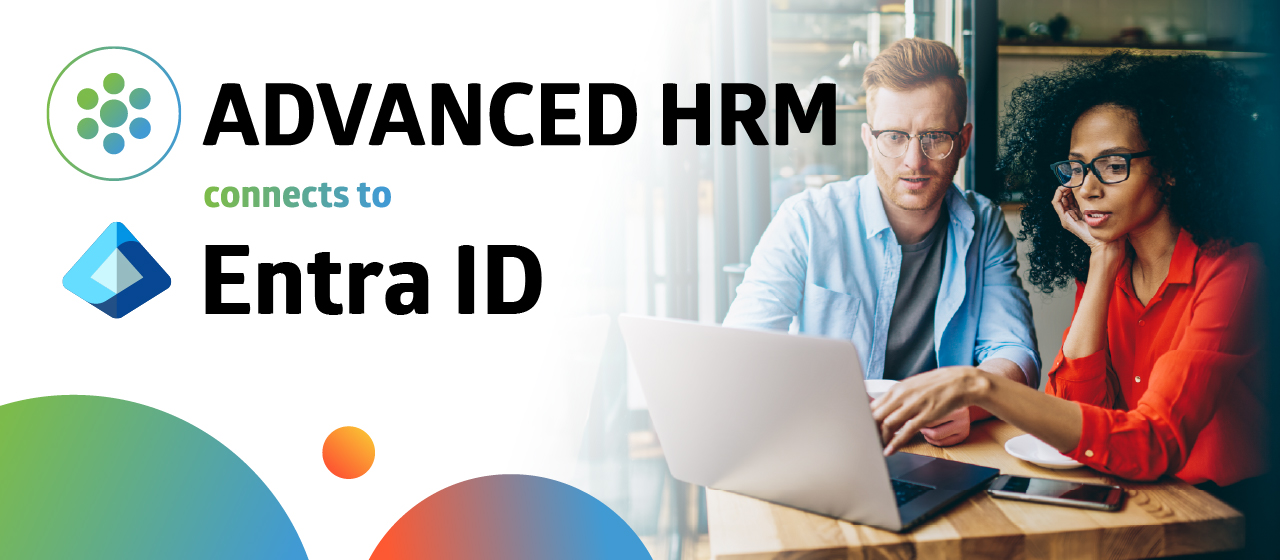Performance Management (PM) and Learning Management (LM) are two essential HR management tasks. Yet new technologies and evolving employee preferences are now blurring the boundaries between the two. The result is an improved learning experience that caters to employees’ individual needs.
What is the difference between Performance Management and Learning Management?
Performance Management focuses on monitoring your employee’s professional development. It’s about making sure they understand their role in the organization and work towards achieving specific goals. To reach those goals, employees need continual guidance and training. This is where Learning Management comes into play.
PM and LM have long been considered separate HR activities. Employers provide more-less standardized training (LM) to their employees and expect them to hit their targets (PM), using the knowledge they’ve learned.
Today, HR managers are increasingly combining learning with performance management to create a more holistic employee experience. The goal is move beyond one-size-fits-all training and to empower employees with the relevant knowledge they need, when they need it, so they feel more engaged and perform better on the job.
Why incorporate Learning Management into your Performance Management process?
When you align learning activities with an employee’s performance management, you facilitate a culture of continuous learning. On-the-job, experience-based learning has proved to be more effective and meaningful than classroom training. This is the basis for the influential “70-20-10” model, which says that:
- 70% of learning occurs through real-life experience
- 20% comes from interactions with others
- Only 10% comes from formal training.
In 2019, Deloitte expanded the concept of experience-based learning. They coined the term “learning in the flow of work and life” to describe the form of learning that the future of work will require.
Learning in the flow of work and life means that employees have continual access to learning, so they can improve their skills non-stop throughout their performance cycle. It means providing employees with relevant on-demand learning opportunities when and where they need them most.
According to Deloitte, offering “learning in the flow of work and life” is associated with many advantages, including:
- Optimizing efficiency and productivity
- Driving individual, team and organizational performance
- Making your organization more agile
- Making the employee experience more meaningful
- Creating a more purpose-driven company culture
How to connect L&D with your Performance Management
Achieving these advantages depends on your organization’s ability to integrate L&D into your employee’s everyday working lives. More and more HR leaders are interested in aligning L&D with their Performance Management. Yet finding the right tools can be a challenge.
That’s why FourVision has partnered with LMS365, the only learning platform built into Microsoft 365 and Microsoft Teams. LMS365 is a Learning Management System (LMS) that enables HR managers to seamlessly combine collaborative learning with performance tracking. Combine this with a performance management solution, like our Performance Management Web App for Dynamics, and you create an end-to-end learning experience based on the principle of “learning in the flow of work and life.”
Why use a Learning Management System?
Over the past few years, 98% of organizations have used virtual tools to provide L&D to employees, according to a Deloitte report. The same report summarizes that HR teams went “all digital” during the pandemic and “used the LMS to its full potential.”
As work continues to evolve and become more hybrid after the pandemic, we expect the trend towards digital learning to continue. There are many advantages to using an LMS:
- Learning is available to employees on-demand (“in the flow”), making it more impactful and meaningful
- Automated L&D activities, improving efficiency and reducing HR workloads
- Learning can be seamlessly linked with your Performance Management system, so the two processes work hand in hand (for example, predefined performance goals are set for the employee, which can be reached by completing a training in your LMS).
- An LMS offers transparent reporting and audit-proof records of your workforce’s training history, so you can ensure compliance with legal learning requirements.
Want to learn more?
If you are ready to align your organization’s Learning Management with your Performance Management goals, FourVision helps Microsoft Dynamics 365 customers implement LMS365. This award-winning platform gives you everything you need to create a continuous learning experience based on the principle of “learning in the flow of work and life.”




